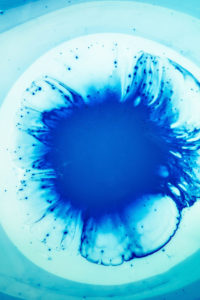Science

 Improvisation
Improvisation
in Science
- communication
- outside the box thinking and perspective shifts
- awareness and team development.
-
Schrödinger's cat
The scientist is a part of the experiment. The relationship between subjects and psychologist, for example, makes the outcome covered in unintentional interaction. Improvisation sheds light on the reality often missed by those who are on the inside. Shawn's work with Systemic family therapist resulted in a paper exploring impro techniques and processes used with clients in New Castle England.
-
The Human Element
The Weizmann Institute of Science in Israel is one of the world's leading multidisciplinary basic research institutions in the natural and exact sciences. Shawn was brought in to help explore developing experiments involving human interactivity. (Creativity, connectivity, and awareness). Uri Alon and other scientists recognized that Improvisation techniques might prove helpful in the development of their theories.
-
Communication
Ideas are theoretical and inaccessible until communicated. Improvisation skills empower science professionals with important interaction skills to read how well a message has been received and the narrative skills necessary to engage their audience so they want to know more. The life of research is quite often contingent on the communication of the passion that scientists feel about their work. The skill to transfer that passion is a trainable one.
 Improvisation
Improvisation